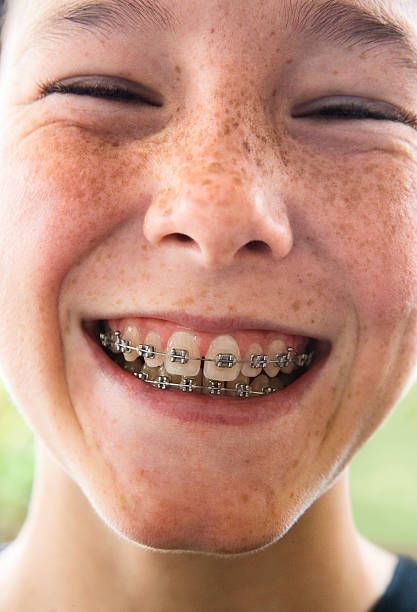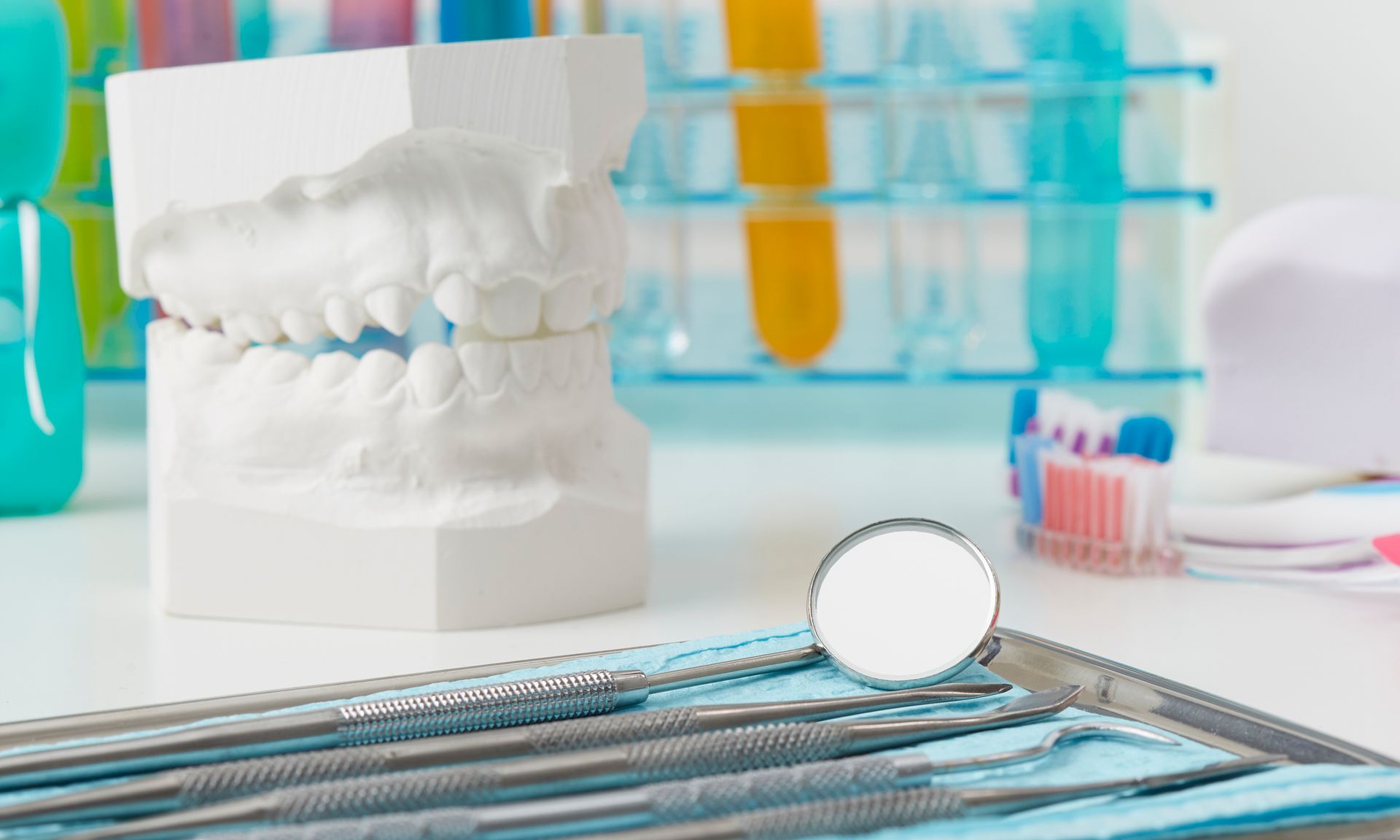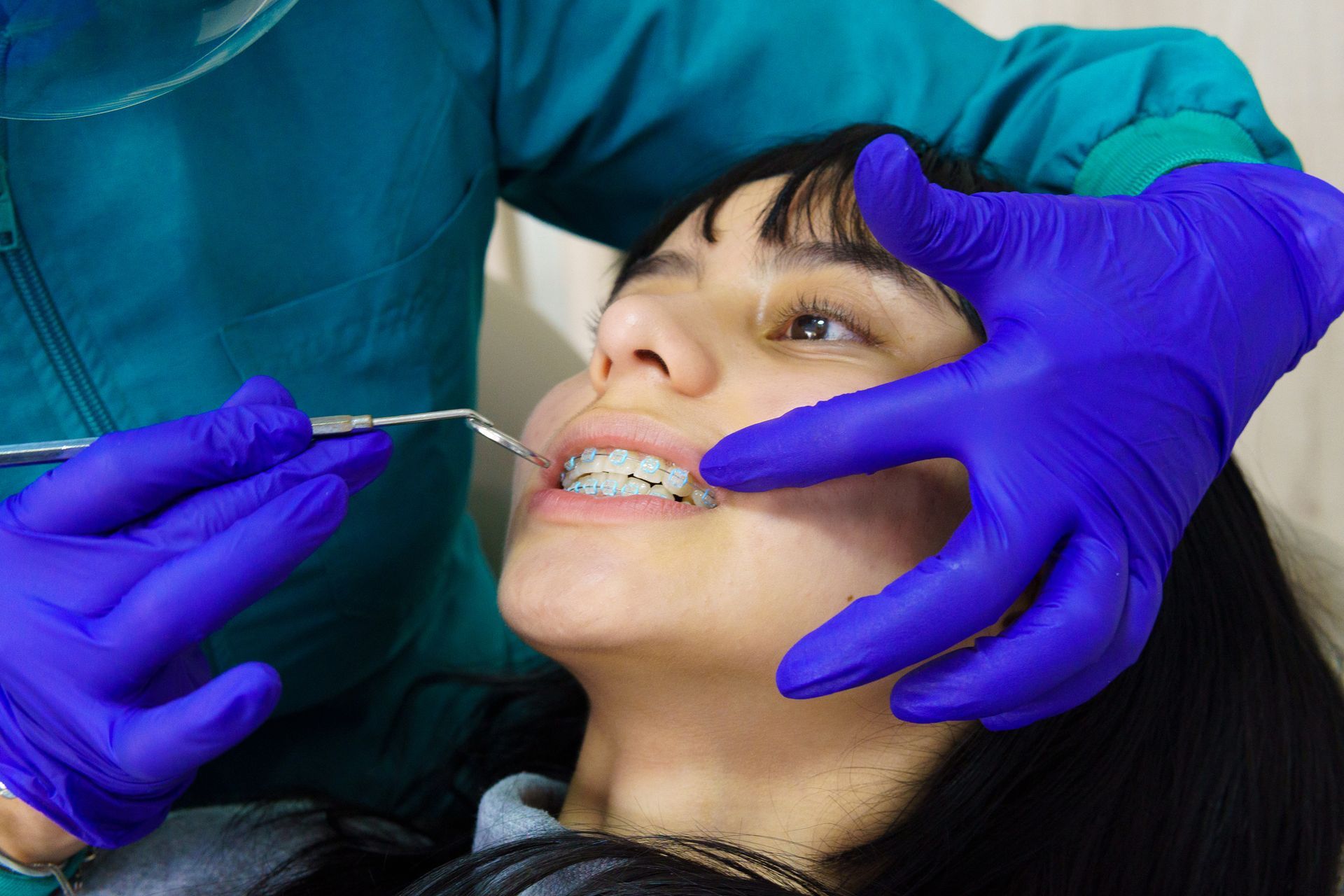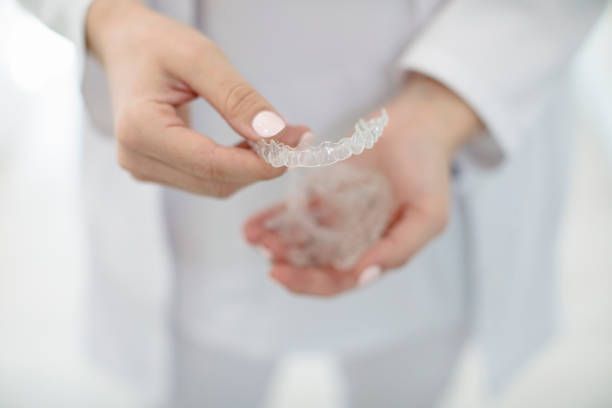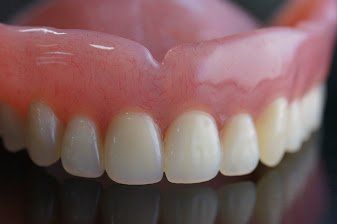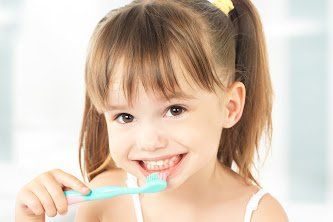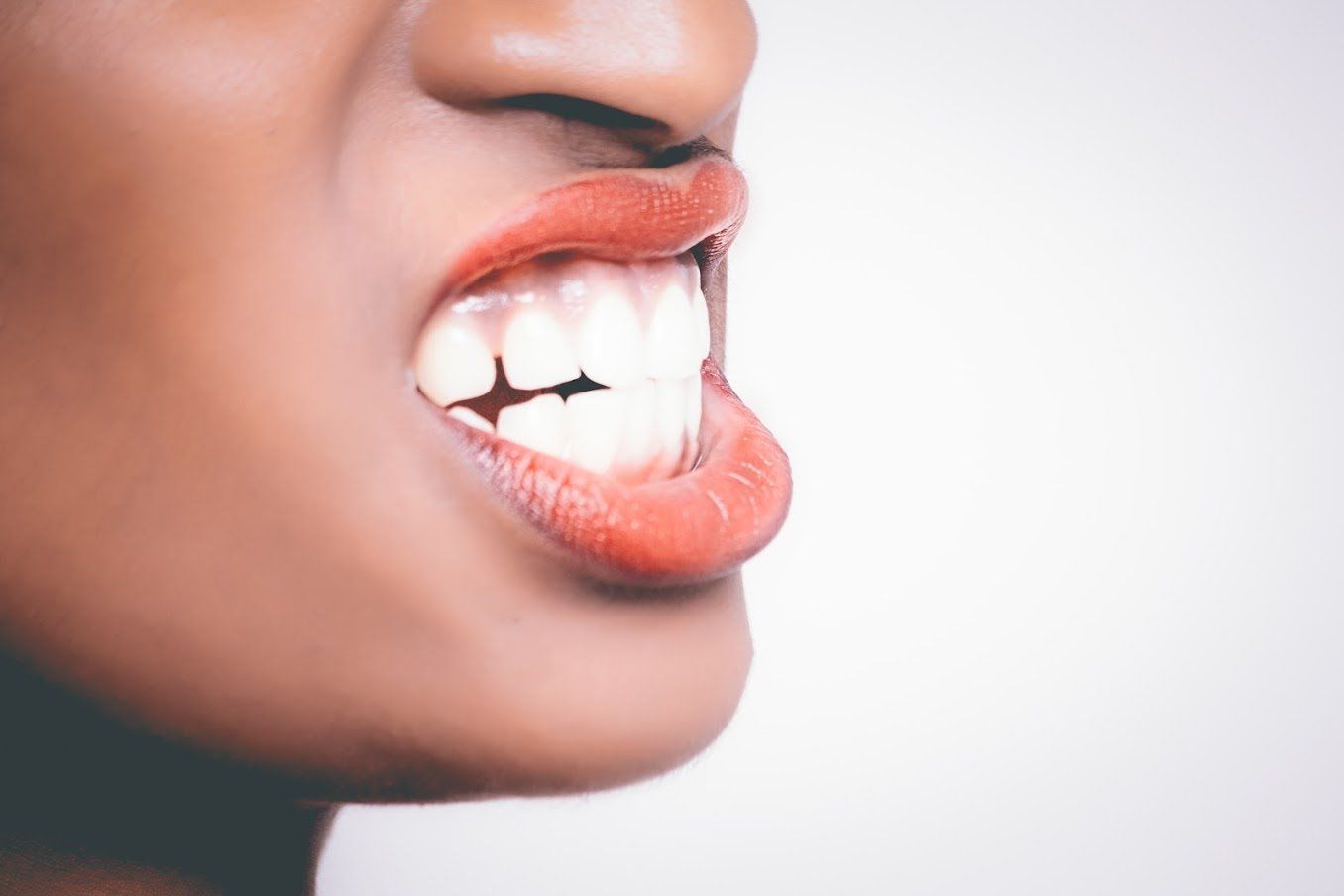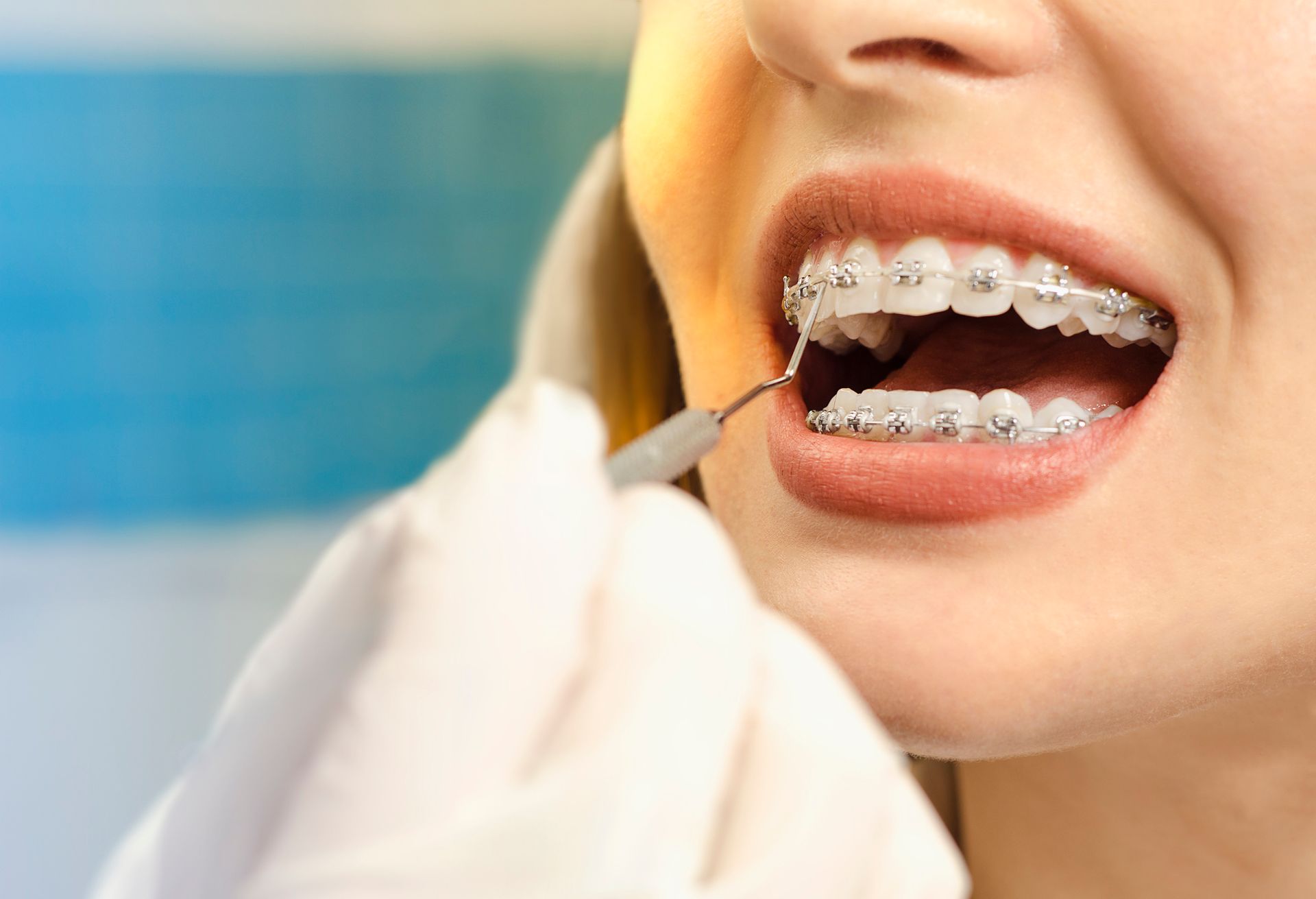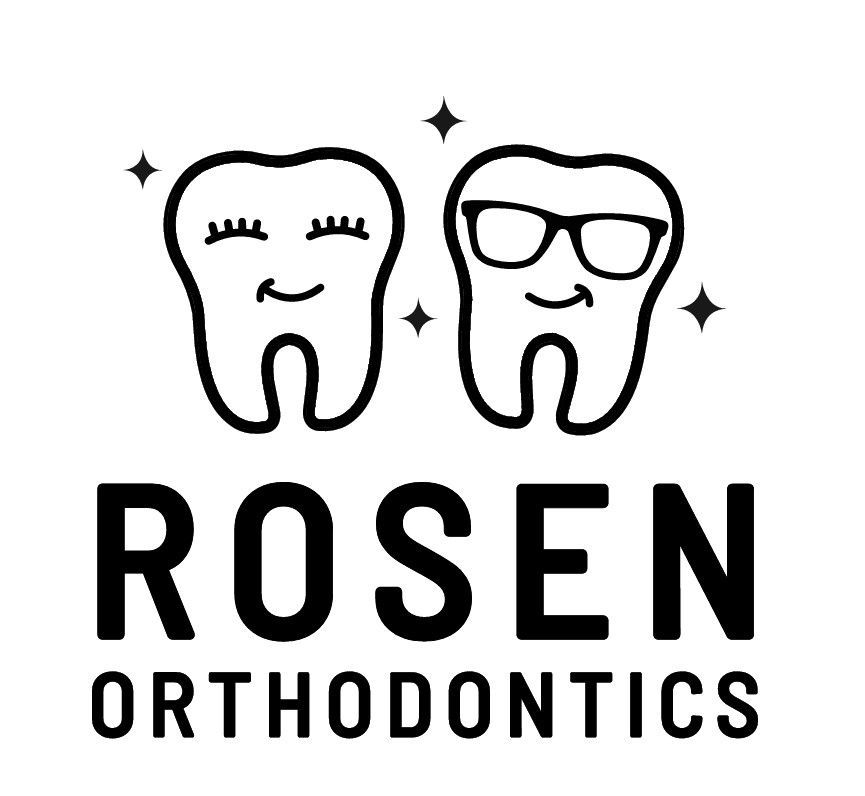Palatal Expanders: A Guide

Does your child need a palatal expander? If the orthodontist recently recommended this device, take a look at everything you need to know about your child’s teeth, the expander, its benefits, and proper care.
What Is a Palatal Expander?
Like the name implies, the palatal expander expands (or widens) the palate (roof of the mouth). This helps to widen a narrow jaw and reduces the risks of crowded or impacted teeth.
If your child does not have enough space for their permanent teeth, a palatal expander can make room in the upper part of the jaw. This may reduce the need for future orthodontic devices and may also decrease the likelihood your child will need dental extractions. A palatal expander is also used to correct crossbites by widening the upper jaw.
How Does a Palatal Expander Work?
This orthodontic device gradually stretches the growth plate in the palate. As the growth plate (or suture) stretches, the two halves of the palate move outwards. This allows new bone creation at the center of the palate. To stretch the bone apart, the expander has a key and screw mechanism. The orthodontist will give you a schedule to turn the screw with the key. This pushes the expander apart and widens the upper jaw to create space.
Does a Palatal Expander Hurt?
The mechanism behind palatal expansion may sound painful, but because it is a gradual process most people report mainly a sensation of pressure.
Some children may feel pressure on their teeth or in the nose area — especially immediately after you turn the key. Your child may also have a slight headache after the orthodontist installs this device or after you turn the key. These symptoms are typically temporary and not painful.
Can a Palatal Expander Cause Other Issues?
Along with pressure in the oral or face area, your child may also suddenly have more saliva than usual. As your child gets used to the device, this will not pose a significant problem.
The device does take up space in your child’s mouth. This means your child may need to adjust how they eat or speak to fit around the expander. Your child will get used to the expander over the first few days or weeks. They may prefer softer foods (such as scrambled eggs or yogurt) during the adjustment period.
How Should Your Child Care for Their Expander and Teeth?
A palatal expander should not get in the way of your child’s normal routine dental care. Your child will still need to brush their teeth at least two times each day for two minutes per each session and floss. The orthodontist or dentist may also recommend a mouth rinse.
The expander is not removable. This means your child can’t take the device out to completely clean it. They will need to rinse their mouth and brush after eating to remove debris. Leftover food particles can feed the bacteria in your child’s mouth. This can increase the risk of dental decay or gum disease.
While at-home care is necessary, it is not the only way to maintain your child’s palatal expander or dental health. Your child will need regular orthodontist and dental office appointments.
The orthodontist will make sure the expander is in place and check the movement of your child’s palate and teeth. The dentist will focus on the overall health of your child’s mouth. They will look for signs of decay and provide a professional-level cleaning.
Is your child ready for a palate expander? Contact Jacqueline G. Rosen Orthodontics for more information. We look forward to seeing you!


